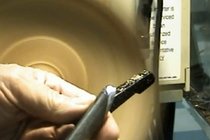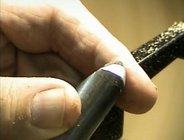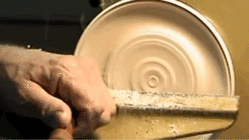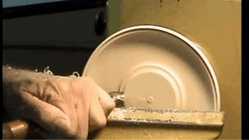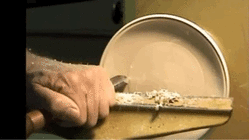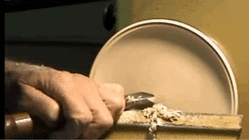I have been known to use a skew as a negative rake scraper to get a flat bottom where needed, but I think I have learned (not yet mastered) getting a nice shallow radius bowl bottom instead - Works better with smaller bowls - Larger bowls diameter still give me a struggle sometimes - so what I wanted to get a slight concave surface end up being fairly flat with a "rolling hillock" somewhere near to the middle and then a bit of a little valley as I come into center. I believe it is just my technique (and likely would improve if I had a better lathe than an H.F. 12x36 due to its inherent tiny vibration from a slight half-a-thou runout in spindle) I have been able to almost fix those with the skew-as-a-NR-scraper trick but I can still feel a slight hump and in a raking light can see the undulation of it (the "hump" being around 3/4" wide "hill" about an inch from center) .. IMHO< Practice makes perfect, and I feel I am improving on it with every larger bowl I turn... and probably by the time I get that new Jet I'm saving my pennies for, I'll probably not notice a big improvement from developing my techniques on a crappy lathe


